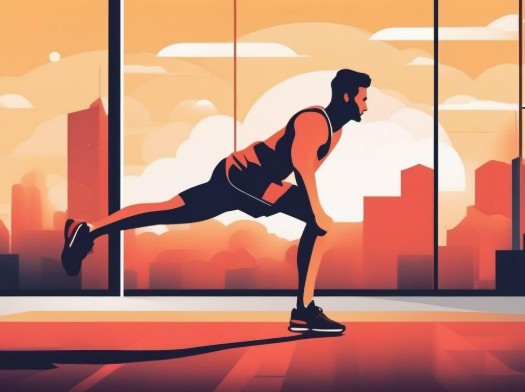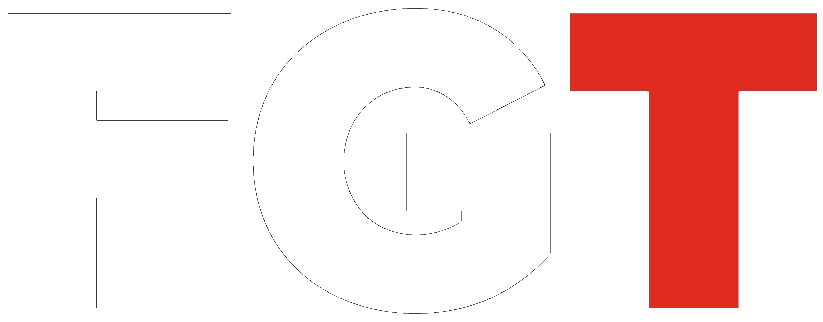Fitness Alignment: Choosing Sports by Personality and Optimizing Sleep Recovery
Fitness Alignment: Choosing Sports by Personality and Optimizing Sleep Recovery
In sports… being successful is not only a question of effort in the gym but also a question of how well the exercise complements your lifestyle and personality.
The majority of trainees quit because they have chosen the wrong type of sport or are neglecting rehabilitation.
Sleep and the proper choice of physical load give joy to the process, and regular rest accelerates progress. Last but not least, equilibrium among personality, sport, and sleep produces lasting results without burnout.

What Is Your Personality to Choose a Sport?
The kind of personality you have will decide the kind of sport that will energize and motivate you, and the kind of sport that will drain and burn you out. In other words, in the same way that a DNA test for cats by Basepaws can show the genetic characteristics of an animal to practice and care according to its distinct needs and behavior, knowing your own personality will enable you to customize your fitness regimen. This makes exercise not a burden but a burden.
Extroverts
People are an energy source to extroverts – hence, team sports are their habitat. Soccer, volleyball, basketball, hip-hop, salsa, boxing, MMA, and anything that involves interaction with a group improves motivation and builds communication.
Introverts
Introverts like spending time alone and concentrating on themselves.
Running, cycling, climbing, yoga, and Pilates are the sports activities that attract introverts since they can concentrate solely on themselves without external interference. Such sports promote a meditative atmosphere, emotional resilience of the mind, and long-term consistency.
The Biology of Sleep During Fitness Recovery
Sleep is a dynamic process of recovery. Growth hormone and testosterone are released in the deep stages of sleep, which are involved in the repair of muscles and in the metabolism of fats.
Sleep deprivation increases cortisol, initiates catabolism, and affects performance.
- Sustained sleep loss increases the chances of metabolic derangements, inhibiting fat burning by half, and the fat storage is increased.
- The inhibition of muscle growth of 18 percent of protein synthesis, the imbalance of leptin and ghrelin that stimulates hunger, and the excessive consumption of 300-400 calories per day.
- In the case of athletes, it means worse recuperation and an increased possibility of injury.
The growth of the hormones is at its best in deep sleep… testosterone in REM sleep… the circadian rhythm is controlled by melatonin… and cortisol is inhibited at night to avoid stress. Sleep Cycle sleep-tracking applications optimize sleeping and prevent overtraining.
| Hormone | Release phase | Role in recovery | Daily impact of deficiency |
| Growth hormone | Deep sleep (stages 3-4) | Muscle repair and fat metabolism | 30-50% slower muscle growth |
| Testosterone | REM sleep | Strength gains and protein synthesis | Reduced force output by 20% |
| Melatonin | Evening onset | Sleep-wake cycle regulation | Disrupted circadian rhythms |
| Cortisol | Suppressed during sleep | Prevents catabolism | 15-20% increase triggers breakdown |
Sleep is important for losing weight: sleep deprivation causes a 55% loss of fat and a 60% loss of muscle. Sleep deprivation during muscle-building phases lengthens the glycogen recovery process and decreases the release of growth hormone. Prior to sleep, magnesium helps enhance the quality of sleep. An additional hour of sleep hastens recovery of the central nervous system in athletes who train. Endurance and breathing exercises and meditation lessen accrued fatigue.
Creating Exercise Regimens Tailored to Your Needs
In order to make it a habit, one should make fitness a part of everyday life in a personally sustainable manner. To those people who have a tight schedule, 15-minute morning HIIT workouts can be used instead of social media surfing and ensure a productive day. Active transport, such as cycling to work, gives gentle but effective movement to the daily routine.
The problem of barriers, such as a lack of time, can be solved through the use of micro-habits, such as squatting on breaks.
The loss of motivation is counteracted by variety in order to avoid plateaus.
The body gives indications that the change is required through consistent exhaustion or soreness, which is unlike normal muscle fatigue.
It is also not a problem to switch sports as you get older; at 40, yoga may take up more of the exercise time than CrossFit to keep the joints fit. Notice your body signals to maintain long-term injury-free.
Final Thoughts: Balancing Personality, Sport, and Sleep
Aligning your sport with your personality, ensuring quality sleep, and prioritizing recovery maximizes long-term fitness success. Experiment with different formats and tune in to how they feel – ideal activities spark a desire to continue, not a sense of obligation. Don’t sacrifice rest for extra sessions; in the long run, it slows progress.
Checklist for implementation:
- Choose workouts that match your personality traits for lasting motivation;
- Sleep 7–9 hours, track cycles for optimizing;
- Watch for sensations as an indicator of hormonal balance;
- Tweak your plan when life changes or you plateau.
Your body reacts best with a tailored plan. This builds strength and translates into real success. Start slowly, try these recommendations, and see how fitness naturally becomes a part of your life.

